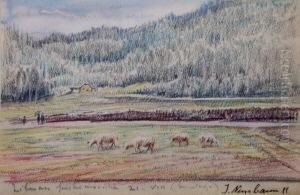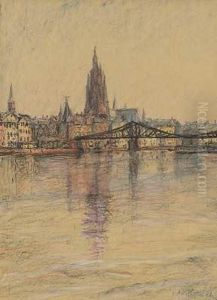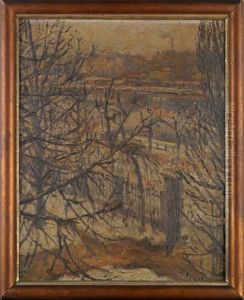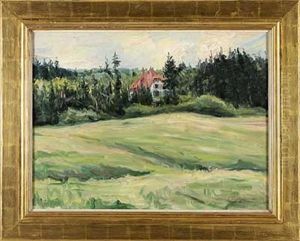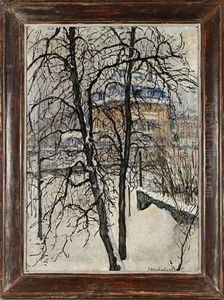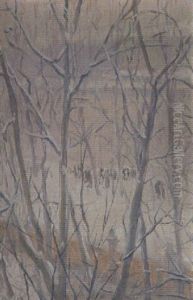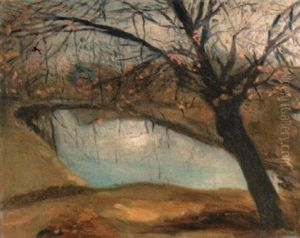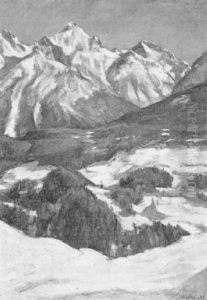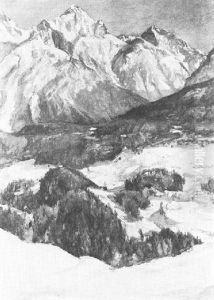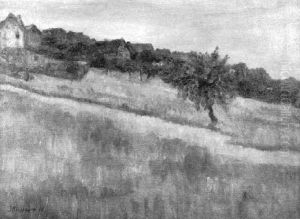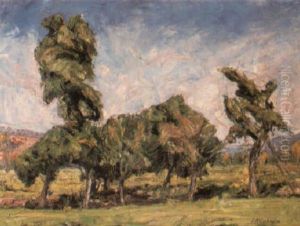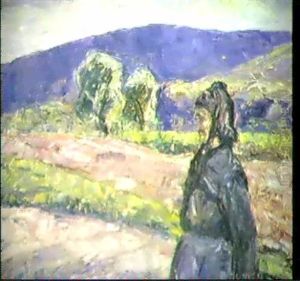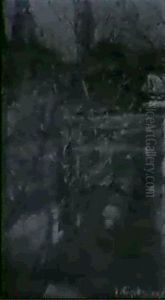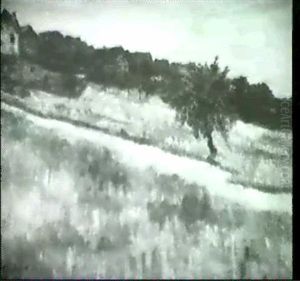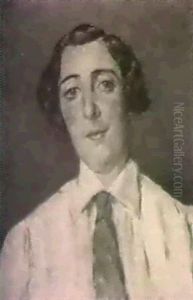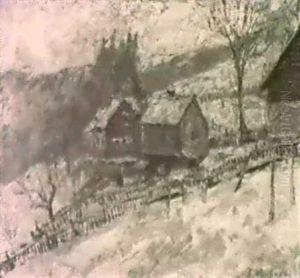Jakob Nussbaum Paintings
Jakob Nussbaum was a German Jewish painter born on February 8, 1873, in Oppenheim, Germany. He studied art in Munich and Paris, where he was influenced by the contemporary movements of Impressionism and Post-Impressionism. His work often reflected the vibrant street life and urban landscapes of the cities he lived in, as well as the lives of ordinary people, including the Jewish community and the marginalized sectors of society.
Nussbaum served in World War I, which had a profound impact on his life and work. After the war, he returned to Germany and became part of the Berlin Secession, an art movement that sought to break away from the traditional academic style prevalent in Germany at the time. Nussbaum's work during this period was characterized by a more expressionistic approach, with vivid colors and dynamic compositions.
With the rise of the Nazi regime in the 1930s, Nussbaum, being Jewish, faced increasing persecution. His art was deemed 'degenerate' by the Nazis, and he was banned from exhibiting his work. In 1935, he fled Germany for Palestine, where he continued to paint, depicting the landscapes and people of his new surroundings. However, his time there was short-lived, as he died in Tel Aviv on August 15, 1936.
Nussbaum's legacy is that of an artist who captured the tumultuous changes of the early 20th century. His work provides historical insight into the life of European Jews during a period of significant cultural and political upheaval. Despite the challenges he faced, Nussbaum remained committed to his art, leaving behind a body of work that continues to be appreciated for its emotional depth and artistic quality.
